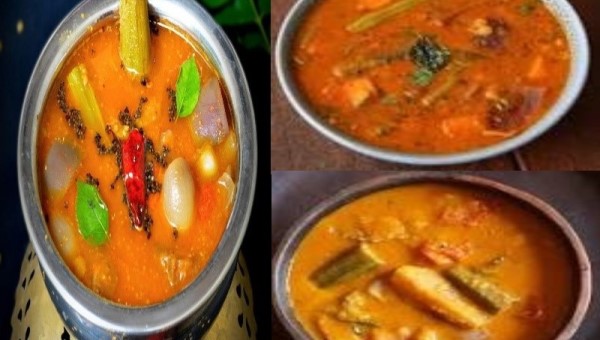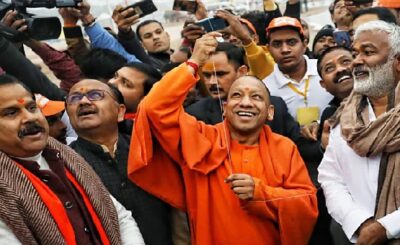Cooking has earned a distinguished place in the works of renowned authors, with sentiments such as “Cooking is like love. It should be entered into with abandon or not at all,” and the profound realisation that “A recipe has no soul. You as the cook must bring soul to the recipe.”
My culinary journey, intertwined with literary musings, began with the flavors of dosa and sambar in 1955 during my residency in Lodhi Colony, New Delhi. From those early days with my companions at the City Gymkhana Club, the taste of the beloved South Indian snack, sambar, became a recurrent longing. Thus, the quest to unravel the intriguing facets of sambar commenced.
It might astonish many that the quintessential South Indian dish, sambar, owes its existence to the culinary prowess of the legendary Maratha ruler Shivaji’s son, Sambhaji. This accidental creation occurred when Sambhaji, in the absence of his chef, ventured into the royal kitchen and added tamarind while preparing dal. This impromptu amalgamation resulted in the birth of sambar. The revelation of this historical culinary innovation comes from the groundbreaking research of S. Suresh during his lecture on Tanjore Maratha history.
Suresh further elaborated, stating, “Sambhaji cherished his creation, referred to as sambar, and another culinary gift from the Marathas now embraced in Tamil Nadu is ‘Paruppu Poli’ (sweet roti).
An alternative narrative on the genesis of sambar involves a dish called Tambda Rassa in Kolhapur, consumed by the Marathas and made from lamb stock. Jains in Kolhapur, captivated by its flavor, adapted the dish for their palate by using milk instead of lamb stock, resulting in the creation of milk sambar.
Sambar, as we know it, traces its origins to Shahji Bhonsle (1684 to 1711 CE), son of Ekoji, the founder of the Maratha rule of Thanjavur and step-brother of Chhatrapati Shivaji. Shahji, primarily an aficionado of architecture and Telugu literature, occasionally ventured into cooking. The evolution of sambar occurred when Shahji desired to consume amti dhal, a Maharashtrian dish with kokum as a key ingredient. Facing a shortage of kokum, cooks or Shahji substituted it with tamarind, resulting in a delectable combination of lentils, vegetables, spices, and tamarind. This culinary innovation, initially served during Sambhaji’s visit to Thanjavur, earned the name “Sambhache ahar” (Sambha’s food) or simply “sambar,” becoming a royal delicacy at the Thanjavur palace.
Presently boasting more than 50 varieties, sambar has transcended from a recipe to a rich tapestry of cultural lore. The Tanjore sambar, influenced by Sambhaji’s preferences, retains its distinct appeal. While the Sambhaji-influenced sambar leans towards a tamarind soup, the Thanjavur Brahmin sambar recipe, devoid of onions and garlic, is favored today for its subtlety in spice. However, variations persist, with Tamil Nadu’s sambar differing significantly from its neighboring Karnataka, where wet pastes are employed instead of dry powders.
The taste of sambar depends on the ingredients. Andhra sambar is quite spicy, Karnataka sambar with touch of jaggery sweetens it, Kerala sambar thick with roasted coconut paste and Tamil Nadu sambar (kuzhambu), a lentil-based vegetable stew, cooked with pigeon pea and tamarind broth.
In the intricate landscape of culinary traditions, sambar emerges as a testament to the amalgamation of cultures, a dish that transcends regional boundaries and continues to tantalize palates across the subcontinent. In the grand symphony of flavours, it is fitting to conclude, “Cooking is like painting or writing a song. Just as there are only so many notes or colors, there are only so many flavours – it’s how you combine them that sets you apart.”
See also:
Well-organised tournament ends with fanfare
Vaibhav wins Indian Idol-14 in style









